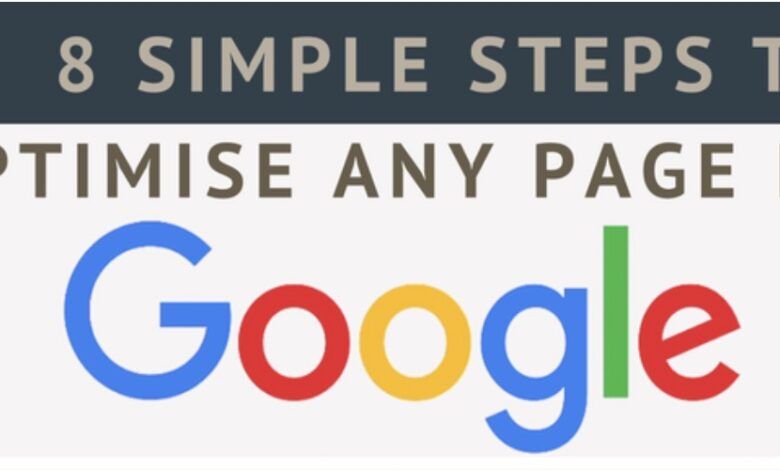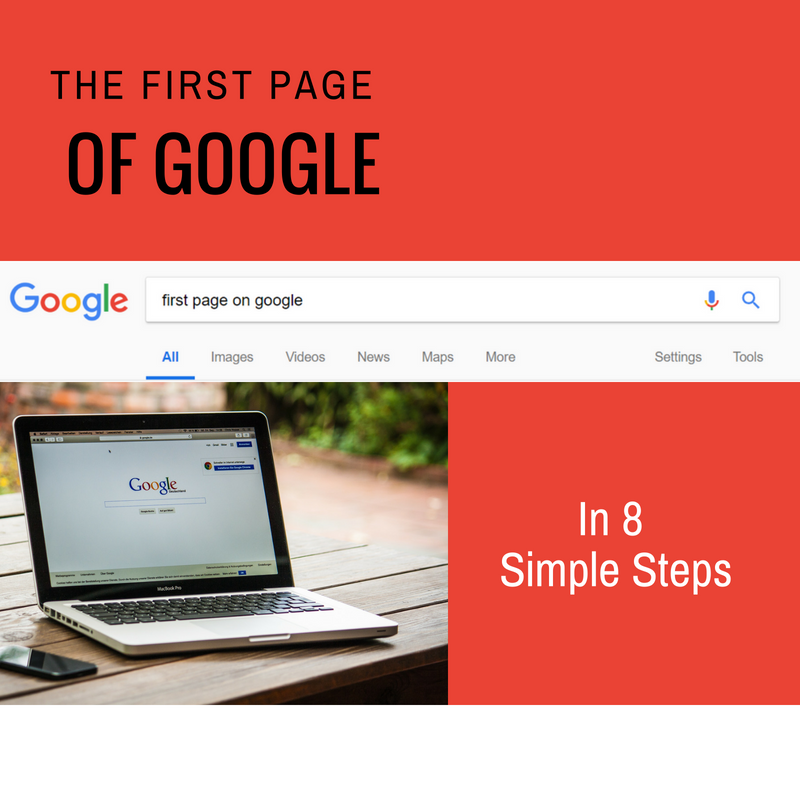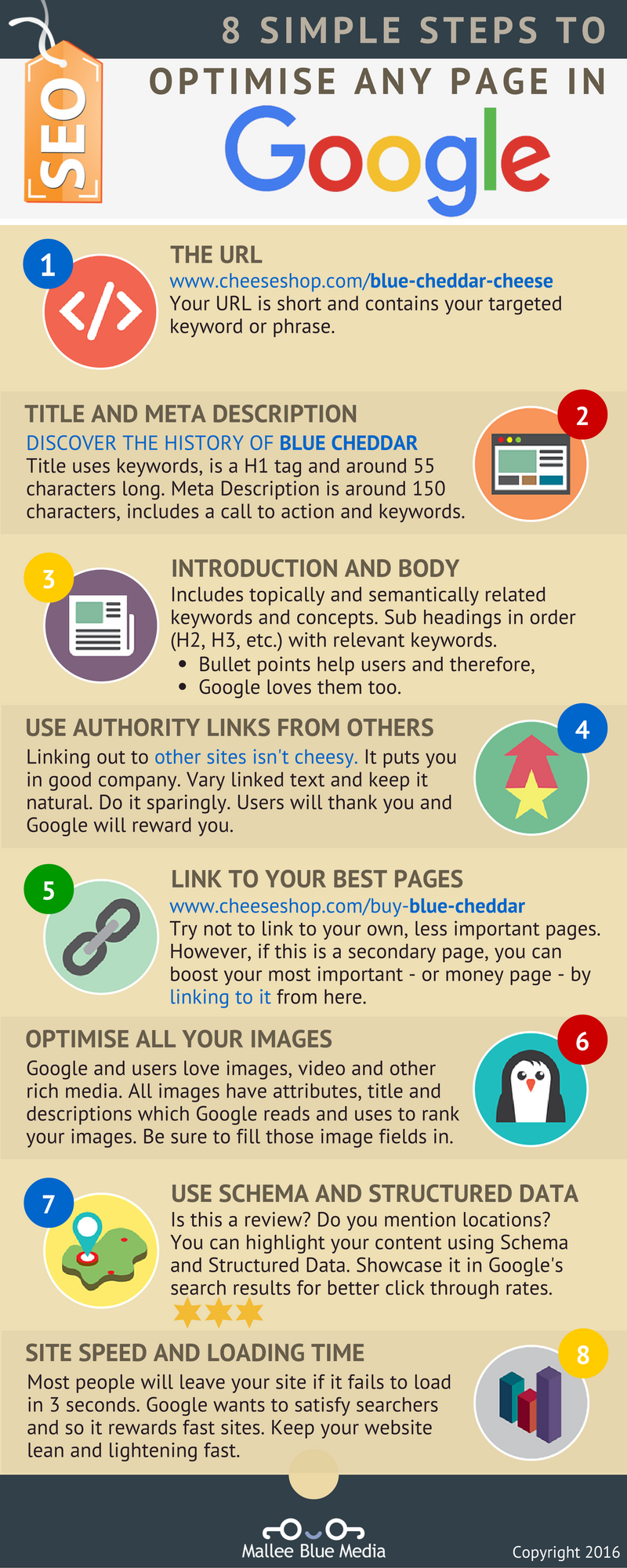
The most important factors to consider when you’re trying to rank one of your web pages, articles or posts in Google are your on-site or on page search engine factors.
Your on page factors are by far the most important and will give you the most bang for your buck if you’re trying to rank on the first page of Google. To rank well in Google and beat the competition, you have to keep the below on page factors in mind.
But before we go there and discuss the different on Page factors, let discuss Why you would want to rank on the first page? Obviously, you want your blog posts to be found!
You want your products to be visible to people when they are searching for it!
As Neil Patel mentioned in his post How to Show Up on the First Page of Google 75% of people will never check the second page of Google search results. Showing up on the second page of Google search results is unfortunate and you will have a very little organic traffic to live with.
While your aim should always be the first result to show up on the first page of Google search results, showing up on the first page is a good start.
The First Page of Google in 8 Simple Steps – Infographic
1. Optimize Your URL
Optimize your URL for the search engine by making it short. Add your target Keyword in the URL.
Let us take an example post on my blog which is showing on the first page of google. The post title might be;
“Top 10 Facebook Alternatives To Discover New Content”
The default URL should be “top-10-facebook-alternatives-to-discover-new-content”
The optimized URL is shortened to “facebook-alternatives” which is a short URL including the keyword / keyphrase you may be trying to rank for.
2. Title And Meta Description
It is important that you include your target Keyword in your title and Meta description.
If you notice the above image you will find that my Keyword is present in both my post title and my Meta description. Your meta descriptions appear in Google search results and are the first thing after the heading people are likely to read.
Make sure they are click-worthy and interesting to the reader as well as containing your most important key phrase.
3. Introduction And Body
It is a common practice to include your most important keywords in your introduction paragraph.
Also, make sure to use proper Headlines for your post. H1, H2, H3, etc. This helps makes your post more scannable and readable. Also, it helps Google to better understand your post structure and content.
Google search engine aim is to understand what your content actually is more than what you are telling them. This helps them serve the right content to the right people.
4. Use Authority Link to others
Be sure to include outbound links to authority website. I know that most people fear to link to other websites as they are afraid to lose traffic, readers, and Page SERP, You shouldn’t be afraid to link to authority websites.
In Fact, Google notices the company you keep, and so it’s a great idea to keep yourself in the best company possible.
If you link to an authoritative website which is relevant to the topic you are writing about, and as a result, your reader clicks through and continue to read the article you are linking to, Google will consider it a good sign and rank your post higher for your keywords.
Google doesn’t like dead ends, they want the follow of traffic to continue. If you helped them with that, they will appreciate you and rank you higher.
5. Link to Your Best Pages
Make it a practice to include links from your new post to other important and relevant posts on your blog. Also, be sure to look into previous blog posts and see if you can link to your newly created post.
It is important to link only to a relevant blog post. Remember the rule we have mentioned above, Google doesn’t like dead ends! If you are linking to your blog posts just for the sake of linking internally, and your readers don’t read the articles you are linking in, it would be a bad sign for Google.
It is better not to link to internal posts than linking to irrelevant blog posts.
6. Optimize All Your Images
Optimize your images for SEO includes two parts.
The first part is to optimize the size of your image by reducing it to make the images and the overall page load faster.
The second part is to optimize your image information so that Google would understand you images is about.
You can do that by using a descriptive image name and by the use of Alt tag for your image. It is a common practice to include your keyword in your Image name and the Alt tag.
7. Use Schema And Structured Data
As we have mentioned before, Google wants to know more about your content and how they can use your content to add value to the people who use their search engine results.
The more information you give Google about your content the more possibility they will present it to the reader that really needs it.
If you are writing products reviews or if your content mentions locations, Using Schema and Structured data can make your search results look more different and more interesting which maximize the click through.
For more details about the use of Schema and Structured data be sure to check this article at Moz website, Schema.org Markup.
8. Site Speed And Loading Time
Lastly, Website speed and loading time is one of the most important factors for ranking your website higher on search engine results.
People will leave your website if it is not loading in the first 3 seconds! If people do not want to wait for 3 seconds to see your site, Google will simply make sure your site is not available for them in search engine results by decreasing your website ranking.
To make it simple, the faster your site and blog posts load the better your ranking would be in the search engine results.
Final Thoughts
Whenever I start a new web page, I follow the simple 8 step plan for making sure the page is optimized to rank well on the first page of Google. Follow the infographic guide, and half the work of ranking in Google is already done.
Read more tips on optimizing your post for Google first page below:
First Page of Google and How I Get My Clients There
The Infographic on this post is designed by Mallee Blue Media.

